A lot of websites are designed to reward you emotionally when you use them. It can be something as small as displaying positive messages when you click a submission button. These rewards can also be more intricate, like enabling you to unlock ‘achievements’. In any case, emotional rewards are a powerful tool you want to harness if you want people to keep coming back to your website.
Implementing emotional rewards as part of a site isn’t as complicated as it sounds. There are plenty of well-documented methods you can put into action easily, and in this article, we’ll dig deeper into what some of those are. First, let’s talk a bit more about emotional rewards in general!
An Introduction to Emotional Rewards (And Why You Should Use Them on Your Website)
The concept of emotional rewards is simple. It refers to any instance where a website reacts by giving you positive feedback in some way. This creates an incentive for you to repeat that action at a later time, or adds a sense of fun.
Take Instagram, for example. By default, you get a notification when someone likes a picture you uploaded, which is a type of reward. People like your post and they’re letting you know it, which could entice you to keep posting. This is an excellent example of social emotional reward:

For a slightly more subtle example, when you submit a form through a website, you might see a success message. This fulfills two purposes – it lets you know you don’t have to click the submit button again, and it provides you with an achievement, which is its own type of emotional reward.
It can sound a little manipulative, but emotional rewards are a big part of creating an enjoyable user experience, whether it’s for a website, an app, and even video games. Rewards can also help you lead users towards the actions you want them to perform. With that in mind, let’s talk about some of the most common types of emotional rewards you’ll run into online.
4 Ways to Implement Emotional Rewards on Your Website
There are a lot of ways to implement emotional rewards on your website. However, in our experience, you can break down most implementations into four categories. Let’s take a look!
1. Gamification
We’ve talked about how to implement gamification on your website before. It’s a concept that’s gained a lot of traction in the past few years, and it’s easy to see why. The goal behind gamification is to make ordinary tasks more fun by adding ‘gaming’ elements to them. For example, some websites give you points for each purchase you make, similar to getting a score when you complete a level in a game.
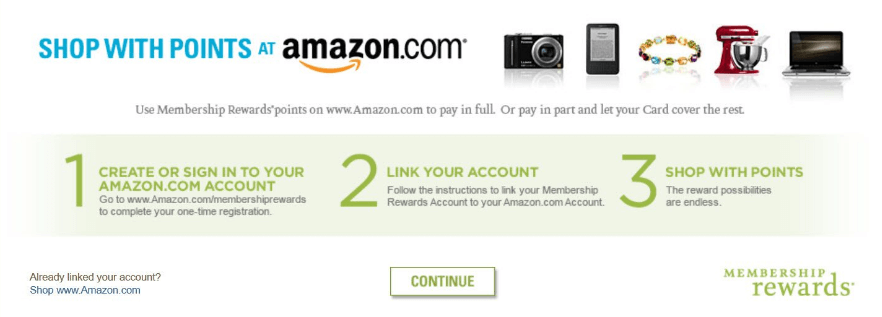
Accumulating points can be highly addictive, and in the case of online stores, it can lead to more purchases down the line. In fact, chances are you own one or more credit cards with similar reward programs.
Another great example of gamification online comes from the Habitica platform. This one is more on the nose, as it helps you turn your to-do list and habits into a literal game:
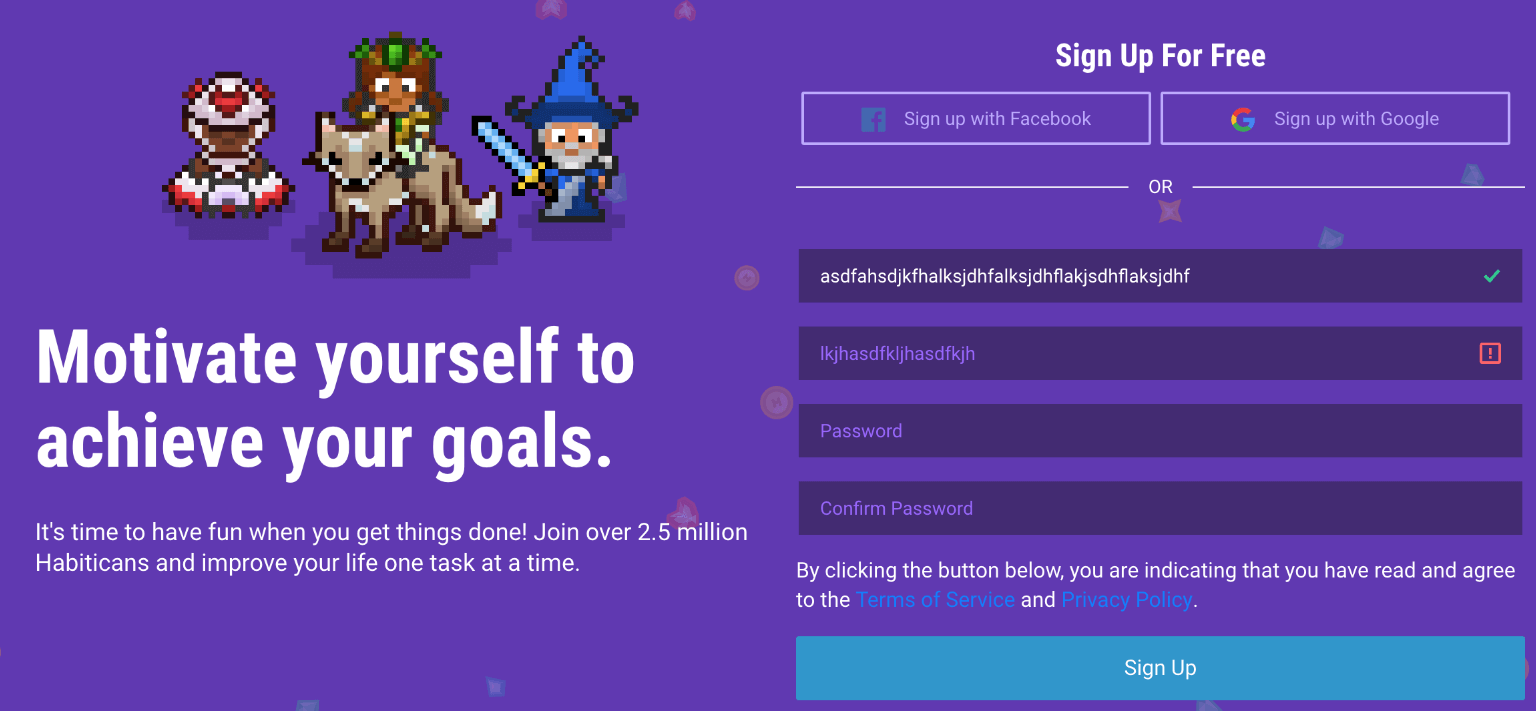
The more you stay on track, the more the platform rewards you with in-game items, levels, and more. If you’re into video games, then you know just seeing your character progress is its own type of emotional reward.
When it comes to implementing gamification, the two most powerful tools at your disposal are progress and achievements, which brings us to the next section.
2. Progress and Achievements
Adding progress your users can track and providing them with achievements are two of the most time-tested ways to reward them emotionally. Take LinkedIn, for example. When you set up a profile, it encourages you to add as much information as possible using a simple progress bar:
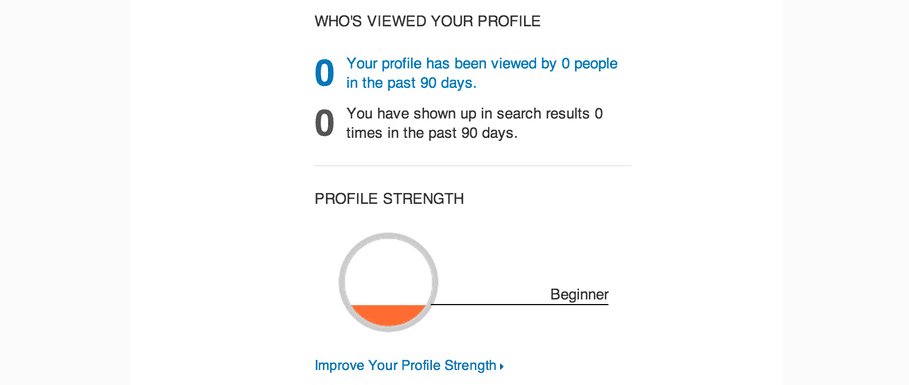
The idea is the more you progress, the more confident you’ll feel about your profile. LinkedIn benefits in that it gets more data about you and the more time you invest in your profile, the more likely you are to keep using its platform.
Some websites go a step further and provide you with outright achievements when you reach a milestone. One example of this is Codecademy, which uses both progress tracking and achievements to provide a rewarding experience:
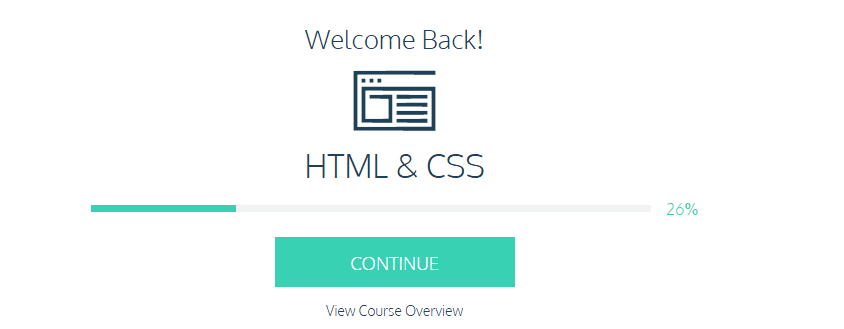
There are plenty of situations where implementing achievements and rewards can work to your favor. Here are some quick ideas:
- Adding progress bars to your checkout process or your articles, to let users know how far along they are.
- Implementing a level system for your comment sections.
- Adding achievements for users that make repeated purchases from your online store.
Adding these sorts of features to a website isn’t always easy, but the benefit often make the effort worth it, especially if it keeps users coming back.
Some of the most addictive websites you can find enable users to provide emotional rewards to each other. The best example of this is social media. We talked about how Instagram provides you with emotional rewards earlier, and Facebook uses a similar system with its broad array of reactions:

The underlying goal of these features is to provide you with social recognition. Online interactions are a form a validation, and if they’re positive, they can provide a strong emotional reward.
When it comes to websites, you don’t need to run a social media platform to use socialization as a form of reward. If you have a blog, for example, you can enable comments for it and let users reply to one another:

You may need to moderate your comment sections to weed out spam or negative interactions. However, this is one of the most hands-off ways to add socialization to almost any type of website, and WordPress provides you with a lot of tools to customize your comments experience.
4. Promise of Exclusivity
One of the best ways to make your users feel warm and fuzzy inside is through the promise of exclusivity. If you’ve ever bought a limited edition product, you most likely know the power a promise of exclusivity can have on users’ behavior.
The idea is simple – owning something only you or very few people have makes us feel good. When it comes to websites, you can use this knowledge to help you drive conversions by offering limited-time offers:
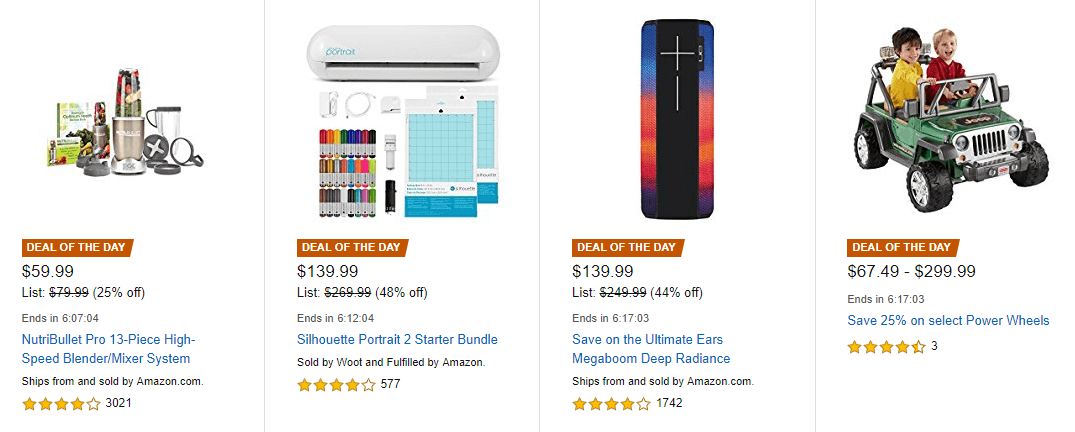
If you deal with digital goods, you have a wide array of options when it comes to using the promise of exclusivity. Here are some quick examples to help you get inspiration:
- Offering an exclusive ebook to the first few users who make a purchase or sign up to your email list.
- Running limited-time offers for your products.
- Letting them know when new offers are coming before anyone else.
In many ways, exclusivity doubles as both an emotional reward and a marketing technique. It’s highly effective, so it’s worth exploring whether there’s a way you can implement it on your website.
Conclusion
We often talk about how important it is to provide a good experience for your website’s users. However, a lot of people overlook the fact that emotions play a big role in how much you enjoy using any product. The same applies to websites. If it’s not fun to use, your visitors might look elsewhere for a more rewarding experience.
If you’re not sure how to go about implementing emotional rewards on your site, here are the four primary ways you can do it:
- Gamification: Adding game elements to processes can make them more enjoyable.
- Progress and achievements: When your visitors feel they’re making progress, they may be more inclined to spend time on your site.
- Socialization: Your users can provide emotional rewards to each other by socializing.
- Promise of exclusivity: Exclusive rewards are a great incentive and they can help you drive positive emotions.
Do you have any questions about how to implement emotional rewards on your website? Let’s talk about them in the comments section below!
Article thumbnail image by Honza Hruby / shutterstock.com

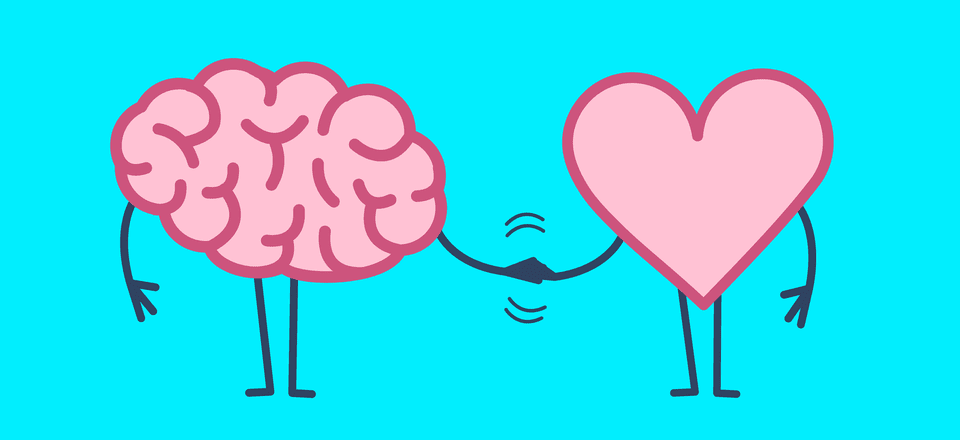







The third one, “socialization” seems to be very tricky. This involves no rewards from the website, but rewards by the users of the website to each other. Facebook, instagram, twitter etc are constantly building, enhancing their algorithms in such a way that its users reward each other more and more and spend time in those social networks.
These are the websites that attract huge crowd to involve in them.
Thanks for the nice article.
You’re welcome, Mahesh, I’m glad you liked it. 🙂
Is your theme support an plugin AMP which can keep your style on AMP?
Thanks for the article. SUch a great help.
You’re welcome, Dave!
Great article for sure. Sales is psychology and always will be. Connecting with your prospect on an emotional level is always a very smart move.
I’m really glad you enjoyed the article, thank you. 🙂
Emotional Rewards are some kind of appreciation & acknowledgement. Thanks for this helpful article
You’re most welcome, Alex! 🙂
Nice post. I am using a comment plugin that allows some sort of gamification and emotional rewards to people who leave comments in my blog.
It’s pretty easy to setup. My only concern is that it may not be as useful when the blog is becoming more popular as some people may abuse the commenting system just for the rewards. This would require additional work to monitor the comments.
Can you please name some of them?
Thank you, I’m glad you liked it. 🙂
I think that’s the case with most systems that offer rewards, you’re likely to get those who abuse them.